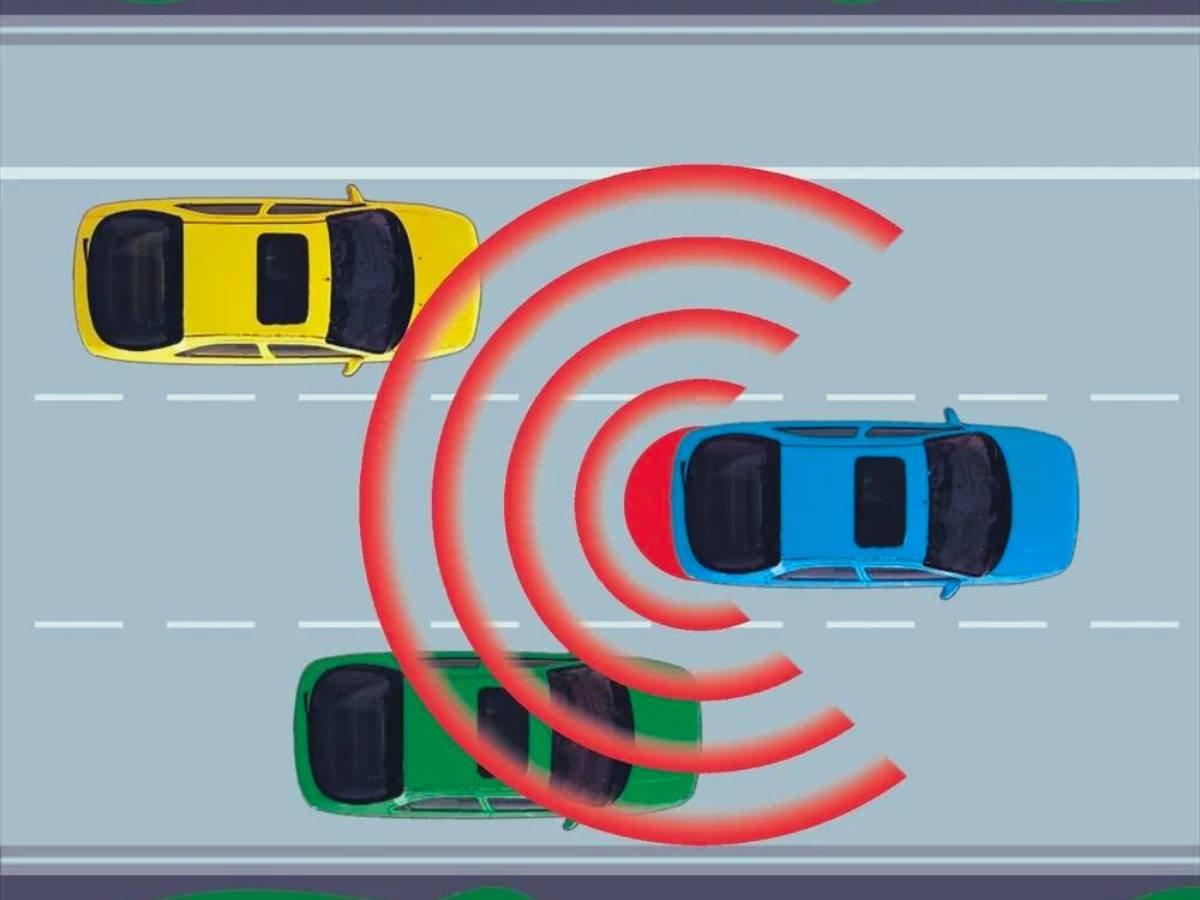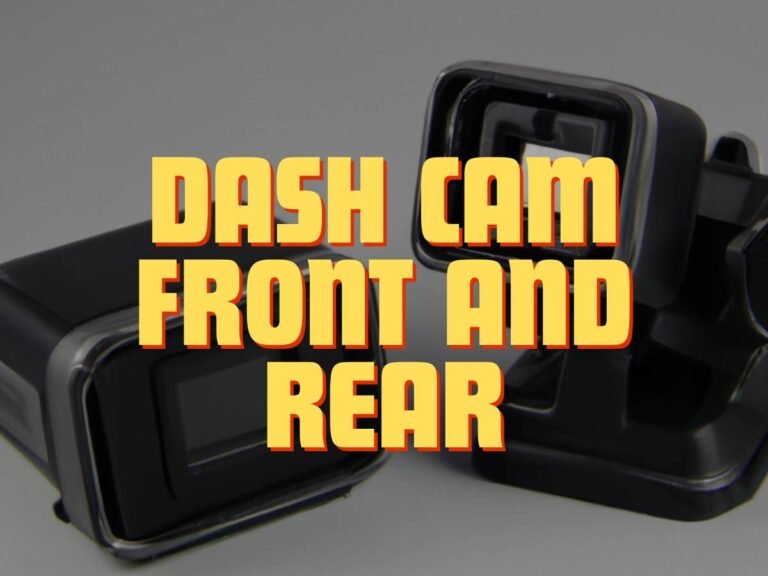Understanding the Importance of Blind Spot Detection Kit in Modern Traffic

Blind spots have become a major threat for collisions in recent times. In fact, they cause a significant chunk of overall road crashes. That is why people have started looking for a solution to these problems. An effective solution is blind spot detection kit available in both factory-installed and aftermarket variations.
The blind spot detection kit offers a watchful eye to keep you updated about your vehicle’s blind spots. But the best part is that this system is available for all vehicles, including cars, trucks, motorcycles, etc. So, let’s take a deep dive into this system to provide a clearer picture:
Breaking Down Blind Spot Detection Kit & Its Importance
Blind spots are areas around a vehicle that are not visible to the driver through the standard rear view and side mirrors. These hidden zones pose significant risks as vehicles or obstacles can go unnoticed, leading to potential accidents.
Understanding blind spots is crucial for safe driving. Blind spots can occur on both sides of the vehicle, and their size can vary based on the vehicle’s design. For example, larger vehicles like trucks and SUVs typically have more extensive blind spots compared to smaller cars.
Blind spot detection systems utilize advanced technologies to monitor areas around the vehicle that are not visible to the driver. These systems continuously scan the vehicle’s surroundings and alert the driver when another vehicle enters a blind spot. The primary technologies used in these systems include radar sensors, ultrasonic sensors, and camera-based systems.
A Look at Different Types of Blind Spot Detection Kit
You will find blind spot detection aftermarket kit in various types. Here’s a brief overview of each type and its functions:
Radar Detection Kits
Radar sensors emit radio waves that bounce off objects and return to the sensor, providing precise distance and speed information. These sensors are highly effective in detecting vehicles in adjacent lanes and are commonly used in modern blind spot detection systems.
Ultrasonic-Based Systems
Ultrasonic sensors use high-frequency sound waves to detect objects nearby. While typically used for parking assistance, these sensors can also help in blind spot detection by providing data on close-range objects.
Camera-Based Systems
Camera-based systems utilize visual data from strategically placed cameras around the vehicle. These cameras capture real-time footage, which is then processed by the vehicle’s onboard computer to identify objects in blind spots.

What Makes a Blind Spot Detection Kit Complete?
Now, let’s go through the different components of a blind spot detection kit to get a broader perspective:
1. Advanced Sensor Technology
Blind spot detection kits employ various sensor technologies to monitor the areas around your vehicle. The most common types of sensors include radar, ultrasonic, and camera-based systems.
For a blind spot detection system to be effective, the placement of sensors is critical. Typically, sensors are installed in the rear bumper, side mirrors, and sometimes along the sides of the vehicle. Proper placement ensures comprehensive coverage of blind spots and accurate detection of nearby vehicles or obstacles.
2. Alert Mechanism
Visual alerts are a key component of blind spot detection systems. LED indicators are usually integrated into the side mirrors or A-pillars, lighting up to warn the driver when a vehicle is detected in the blind spot. These visual cues are designed to be noticeable without being distracting, helping the driver to make safer decisions.
In addition to visual alerts, many systems use auditory and haptic feedback to ensure the driver’s attention. Auditory alerts, such as beeps or chimes, sound when the sensors detect a vehicle in the blind spot. Haptic feedback, such as vibrations in the steering wheel or seat, provides a physical warning that enhances the driver’s awareness of potential hazards.
3. Central Processing Unit
The CPU is the brain of the blind spot detection system. It processes data from the sensors and determines whether an object is in the blind spot. The CPU then triggers the appropriate alert mechanisms to inform the driver. This real-time data processing is crucial for the system’s accuracy and reliability.
Modern blind spot detection systems offer various user interface options, allowing drivers to customize alerts and settings according to their preferences. Interfaces may include dashboard displays, touchscreen controls, and smartphone integration, providing flexibility and ease of use.
Buying a Blind Spot Detection Kit – What’s There to Know?
Are you ready to install a car blind spot detection kit? Here’s what you need to know:
1. Compatibility and Integration
Before purchasing a blind spot detection kit, it’s essential to verify that it is compatible with your vehicle model. Some kits are designed for specific makes and models, while others are universal and can be adapted to various vehicles. Ensuring compatibility guarantees optimal performance and integration with your vehicle’s existing systems.
A well-integrated blind spot detection system should work seamlessly with your vehicle’s other safety features. That includes the likes of lane departure warning and adaptive cruise control. This integration enhances overall safety by providing a cohesive and comprehensive safety network.
2. Installation Options
Installing a blind spot detection kit yourself can save money and be a satisfying DIY project. However, it requires technical knowledge and the right tools. Self-installation may be suitable for simpler systems or for those with automotive experience.
For more complex systems or for those who prefer not to tackle the installation themselves, professional installation is recommended. Professional installers ensure that the sensors and alerts are correctly positioned and calibrated for optimal performance.
3. System Evaluation
When selecting a blind spot detection kit, it’s crucial to consider the system’s accuracy and response time. High-quality systems quickly and accurately detect vehicles in your blind spots, providing timely alerts that allow you to react appropriately.
Reading customer reviews and expert analyses can provide valuable insights into the performance and reliability of different kits. Look for systems with consistently positive feedback and high ratings in independent reviews.
Conclusion
Blind spot detection kit uses cutting-edge sensor technology to monitor areas around your vehicle that are typically out of view. It significantly reduces the risk of accidents caused by blind spots.
As technology continues to advance, blind spot detection systems are becoming more sophisticated and accessible. Future trends in automotive safety are likely to see even greater integration of these systems with other driver-assistance technologies, further enhancing the safety and convenience of driving.






